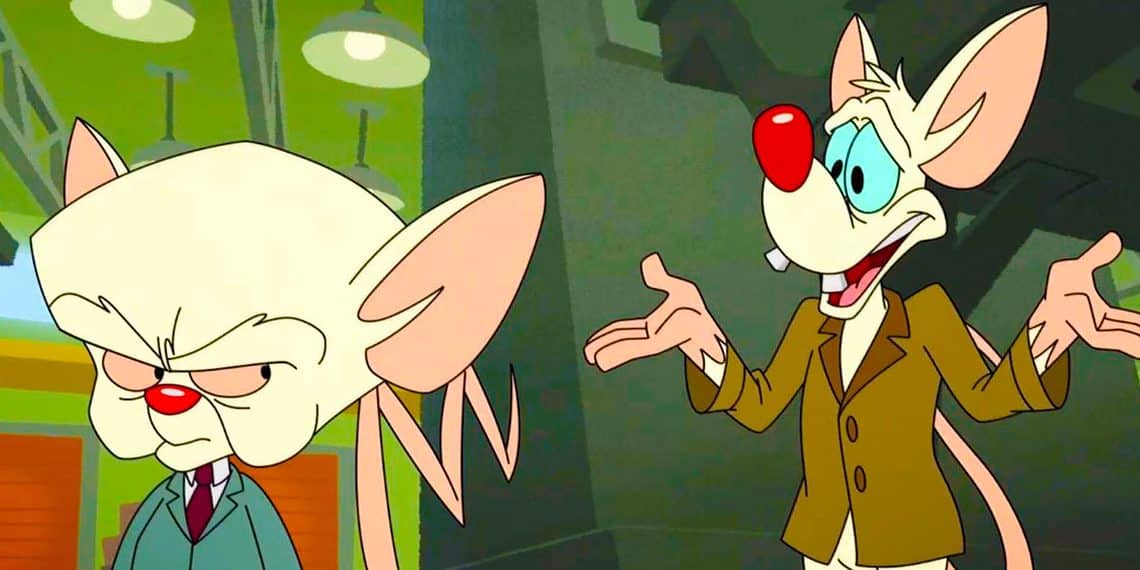

Semi-structured interviews were collected from a selective sample of 30 international participants gathered from vastly different play cultures. The study includes several types of role-playing from a phenomenological perspective, including tabletop, larp, and virtual gaming. This thematic, qualitative ethnography describes the types of social conflict occurring within role-playing groups and examines possible sources for their exacerbation. This research describes potential problems within role-playing communities in order to aid groups experiencing cohesion difficulties. Analysis of the more negative social interactions within role-playing communities becomes necessary in order to establish a more complete picture of the psychosocial effects of these games. Much of the current research in the field of role-playing studies focuses upon the positive impact that games can have on the lives of participants. As such, we offer proactive solutions for those players or designers who wish to tailor a particular larp experience in order to avoid bleed-out, building on pre-existing best practices: informed consent, safe-spaces, and debriefing (Burns 2014 Atwater 2016 Brown 2016 Bowman, Brown, Atwater, and Rowland 2017). Connecting self-regulatory resource models with bleed in this way is especially important since negative bleed-out can be a source of conflict in player communities (Bowman 2013). Therefore, we propose that compartmentalizing “in-character” reactions requires immense self-regulatory control – a limited resource which is known to be depleted through many activities common to larp, e.g., effortful decision making and self-presentation (Vohs, Baumeister, and Ciarocco 2005 Vohs et al. According to Lankoski and Järvelä (2012), however, such blurring is a baked-in feature of human embodied cognition. The impact of these and other neuropsychological reactions on players’ behavior may be determined by the degree to which the line between self and character becomes blurred during play. 2001), behaviors that could bleed over into out-of-game interactions. Such neural activity could in turn set off defensive aggression or social withdrawal (Twenge et al. Negative interpersonal dynamics could also develop, however, during antagonistic character interaction via “neural alarm bells” - increased activation in brain areas associated with social rejection (Eisenberger, Leiberman, and Williams 2003).

Regarding positive bleed, hormones associated with trust and love may promote social bonding between players through shared in-character experiences (Kosfeld et al.

We pair emerging neuroscience theory and research with classic models of emotion and motivation to examine the causes and consequences of this important larp phenomenon. This paper investigates the psychology of bleed-out, in which in-character dynamics spill over into out-of-character thoughts and feelings (Montola, 2011).


 0 kommentar(er)
0 kommentar(er)
